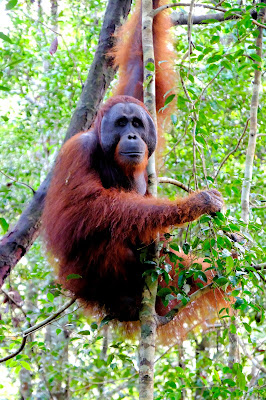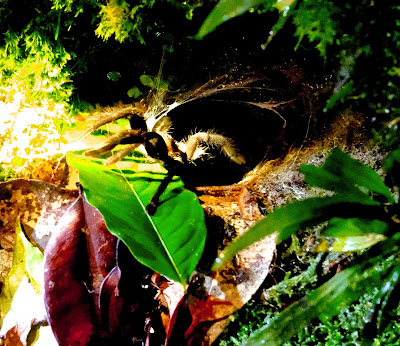A few more photos of Indonesia, as we leave for our next adventures in Croatia.
Above, a father and daughter discover what's in the tide pools at low tide. Sanur, Bali.
Below, one of the many amazing banyan trees we saw. Ubud, Bali.
Gecko in a street light. Ubud, Bali.
People everywhere were really happy to have their picture taken, and would organize how they wanted to be photographed. This family was about to get onto the motorbike together. Abangan, Bali.
These children were playing in a field where their mothers were cutting and threshing rice. Outside Plaga, Bali.
Kite flying in the rice field. Munduk, Bali.
Bamboo gamelan instrument in a barn. Munduk, Bali.
Nutmeg drying. The red part is mace (I didn't know mace spice was outside the nutmeg nut!). Munduk, Bali.
This woman was working the rice harvest, and not only allowed a photograph, but added a silly jig that made everyone laugh. Jatiluwih, Bali.
Practice session for a women's gamelan orchestra. Sidemen, Bali.
Girls' dance class (the boys were playing the accompanying gamelan). Sidemen, Bali.
On the boat on the river to see monkeys and orangutans. Portrait of Amy, plus selfie. Sekonyer River, Kalimantan.
Rooster in Sekonyer Village (years ago the village was moved across the river so that it would no longer be within the forest preserve for orangutans), Kalimantan.
Common honey (behind) and sour honey from the little kele kele stingless bees that are swarming around the bottles. Tenganan, Bali.
Gamelan maker tuning a bamboo resonator to its matching bronze bar that is struck to produce the tone. Tihingan, Bali.
Macaque monkeys, Monkey Forest, Ubud, Bali.
Amy facing off with a Garuda mask at the Setia Dharma Museum, Mas, Bali.





















































